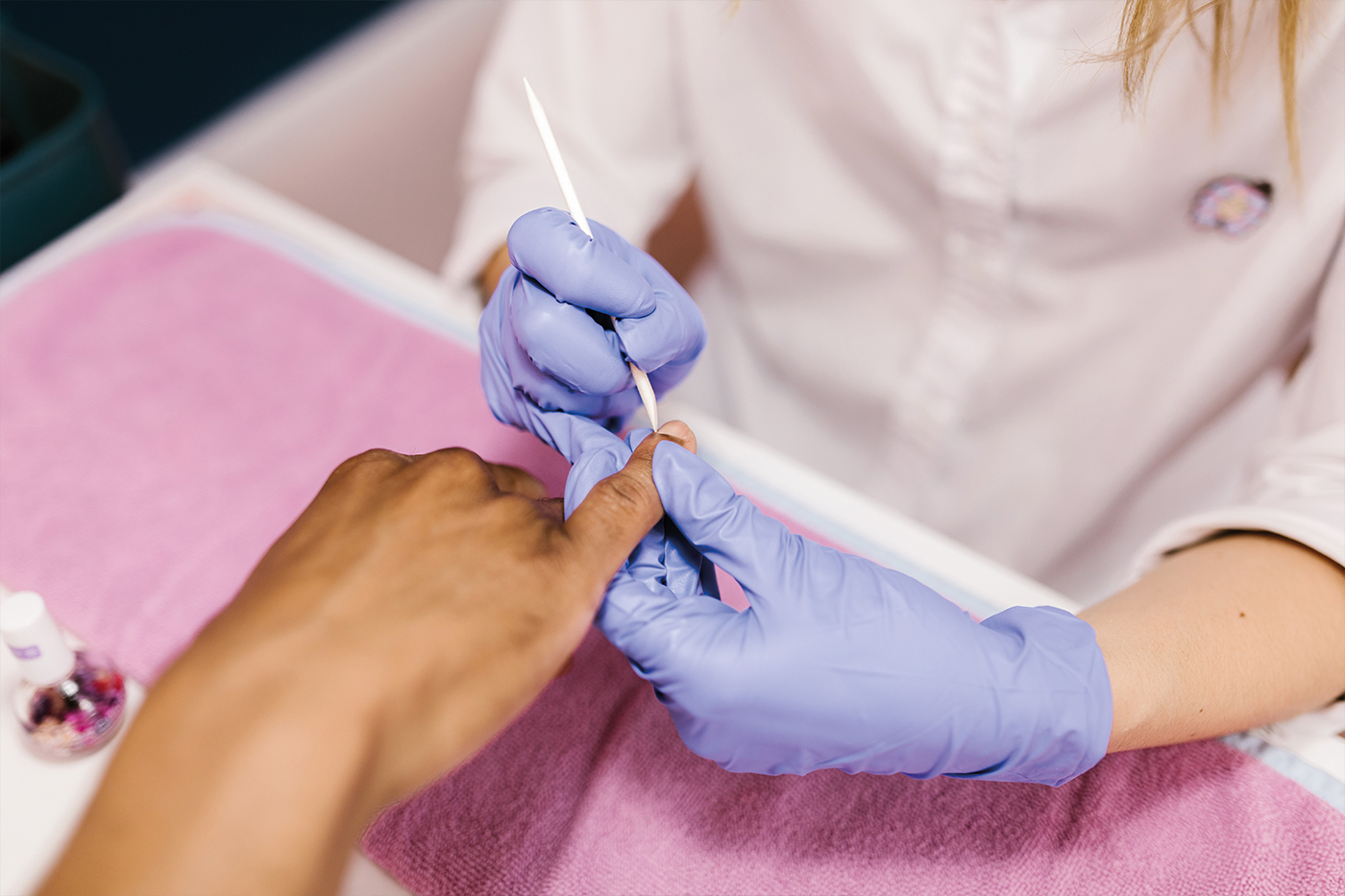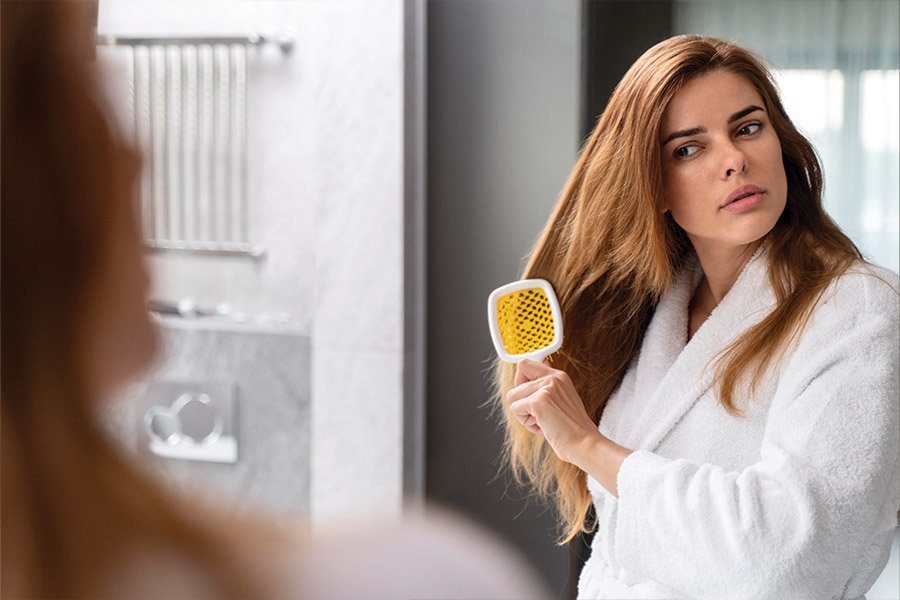How cuticles are cared for can make or break the look of anyone’s hands, be it a man or woman. Our experts guide you on the best ways to groom cuticles.
One of the easiest damage to nails is a tear in the cuticle! This small tissue plays a crucial role in the safety and growth of nails.
The right and proper cuticle care is crucial to ensure that your clients’ nails are healthy and strong. Often, owing to lack of knowledge and understanding about cuticles, nail technicians end up trimming and nipping the cuticles aggressively, leading to serious nail health concerns.
To throw more light of this issue,
StyleSpeak brings you expert advice from nail experts Dipika Parihar and Gurpreet Seble on the do’s don’ts and of cuticle care that professionals must know.

A Complete Guide on Cuticle Care
Cuticles play a significant role in a manicure service. Nail technicians understand that cuticle care is as important as nail care, as it ensures the health and strength of nails. Whether it is about cuticle pushing, softening or trimming; use of cuticle oils, lotions or moisturizers… here are the ‘need to know’ aspects of cuticle care for nail technicians brought to you by our nail experts Gurpreet Sable and Dipika Parihar.
“Cuticles are tiny little pieces of skin that hold lot of power to keep nails healthy and strong. So, the nail technician should never neglect the health of the cuticle as it may lead to brittle and cracked nails.”

Dipika Parihar, Founder & Education Director ‘The Nail Art School, Co-Owner R Nail Lounge (India)’ and HBS Nailathon Jury Member
How to keep your clients’ cuticles healthy and nourished
- Be aware of the correct position of the cuticle
- For this, one must first identify the nail matrix which is the small area of living tissue below the eponychium that creates the nail cells
- One should not place any instrument or nail tool underneath the nail fold as it could lead to nail injury and infection
- Avoid cutting the cuticles unnecessarily as open and wide cuticles can lead to infections and bacteria
- As a nail technician, one must understand the anatomy of nails very precisely
- If needed, cuticles can be cut only after using a cuticle remover to soften the cuticles or soak the fingertips in warm water. To make nails appear longer, you can push back the cuticles with an orange stick or a pusher
- If cuticles are not properly moisturized and nourished, they tend to become dry, leading to brittle and cracked nails
“My biggest learning in India has been that we tend to go aggressive with cuticle trimming. My secret mantra in terms of cuticles is ‘Less is more’. The trade secret is to not cut or trim it as the more you cut it, the more it will grow back. I have trained my nail technicians internationally and we don’t encourage use of nail clippers.”

Gurpreet Seble, President and Founder, NSG India and HBS Nailathon Jury Head
All about Cuticle Care
- The nail technicians must understand the difference between cuticle and eponychium.
- They start with trimming cuticles and go as far as eponychium not realising that it is a separate body part. We are not supposed to touch the eponychium.
- Cuticle is a very small area and just the skin from the nails needs to be removed before the service
- The nail technician should not trim the cuticles unless the growth is visible and is interfering with the nail service
- If it is a severe case of cuticle growth, one must first use cuticle softener followed by trimming
- Just push it back at a 45-degree angle three or four times in the semi-circle of the cuticle
- Since some nail beds are smaller, it needs to be done thrice and for wider nail beds, one needs to do it four times
- Some people end up with hang nails which is a direct consequence of aggressive cuticle trimming
- Nail technicians should emphasize on after care for the clients which includes using cuticle oil twice or thrice during the day
- Cuticle oil is not only important for the health of the cuticles but also crucial to hydrate the matrix area
- NSG uses cuticle oil with small molecules for easy penetration. It nourishes the cuticle and hydrates the matrix for stronger nails.
Note: In USA, there are many states that ban cuticle nippers mainly because it is not required and it promotes cross-contamination.
Educate, learn and practice the right methods of cuticle care. Encourage your clients to opt for regular in-salon nail services and understand the importance of home care post the manicure. We hope this cuticle care guide helps you to take better care of your clients’ cuticles while also increasing your knowledge about the right techniques.







